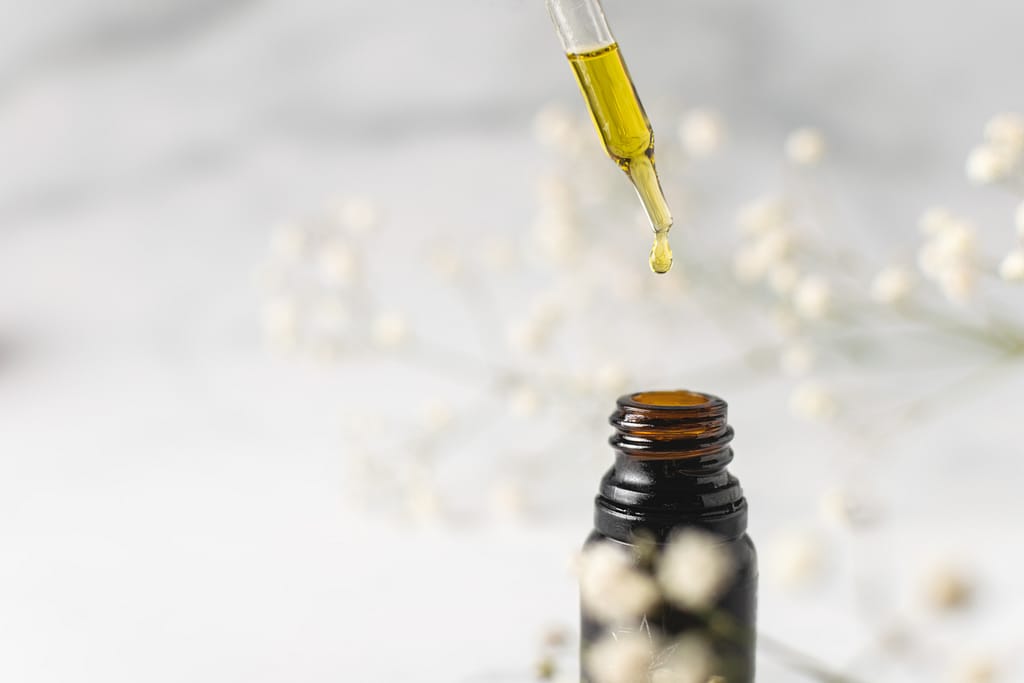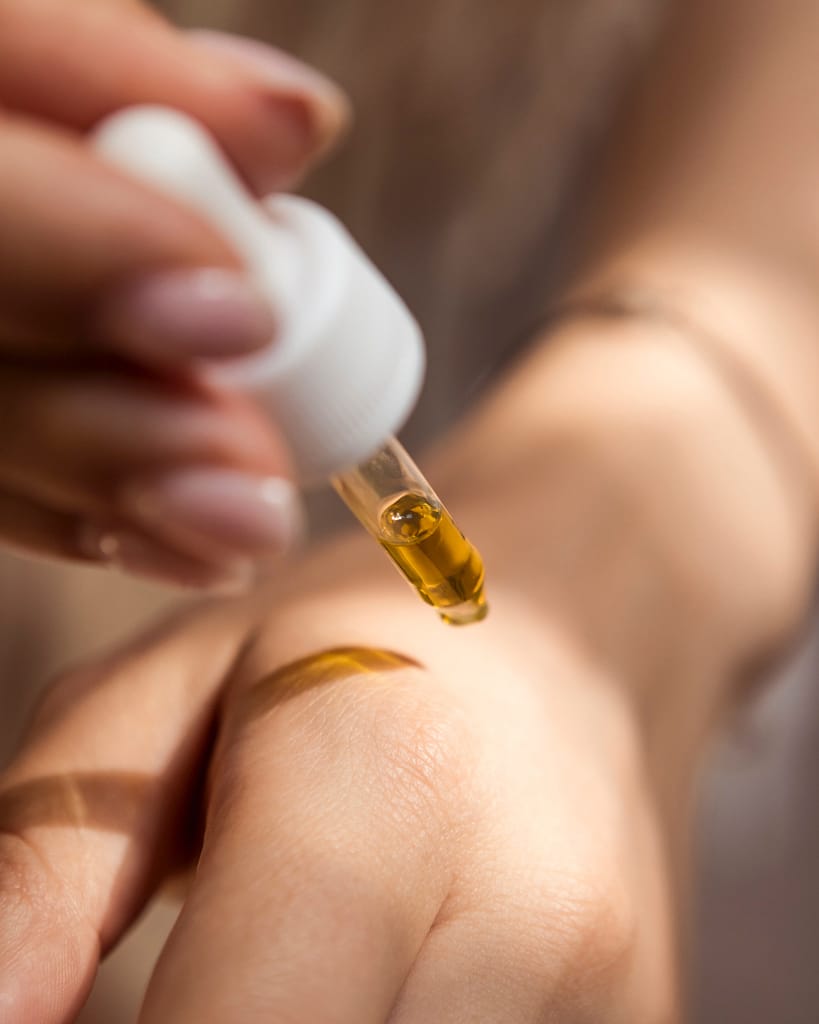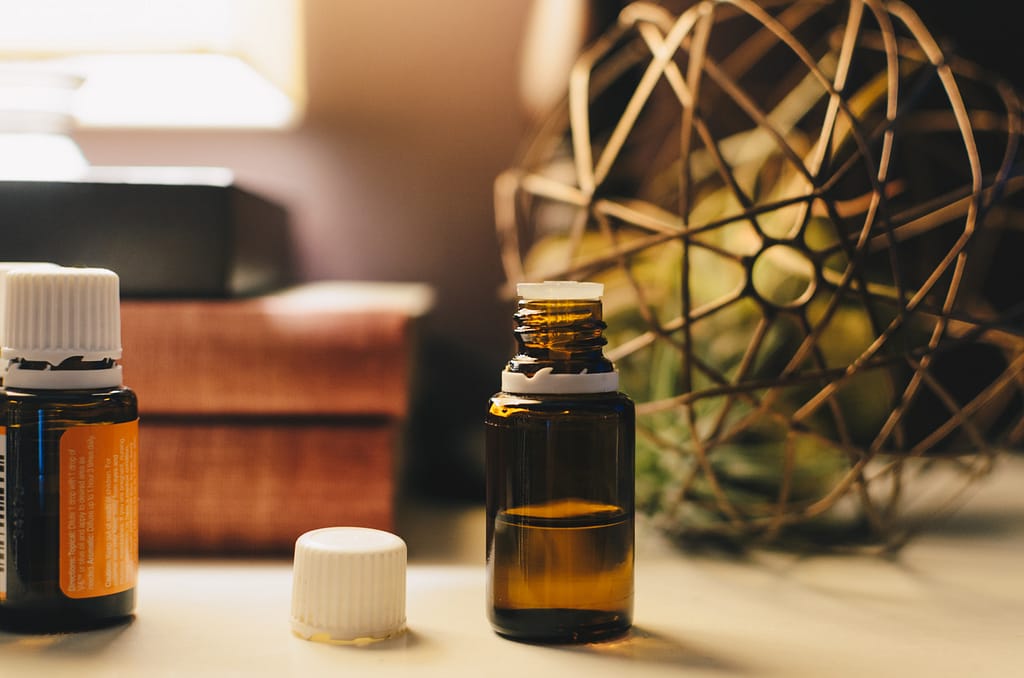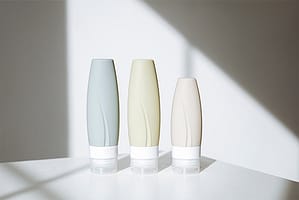
Let’s find out how the natural essential oils we know in general have an effect on the skin. In addition, let’s find out how to use it other than the skin!
What are essential oils?

There are actually thousands of known essential oils with about 300 available commercially, all of which boast different health and lifestyle benefits, according to Adam Friedman, a dermatologist based in Washington, D.C. – Glamour UK.
Typical applications of essential oils
It is normally used through inhalation or as a topical application.
Inhalation: The oils evaporate into the air using a diffuser container, spray, or oil droplets, or breathed in, for example, in a steam bath.
Apart from providing a pleasant smell, aromatherapy oils can provide respiratory disinfection, decongestant, and psychological benefits. Inhaling essential oils stimulates the olfactory system, the part of the brain connected to smell, including the nose and the brain.
Essential oils are greatly linked to fragrances due to their aroma. Interested to find out more about why scent is important? Click Here!
Topical applications: Massage oils, and bath and skin care products are absorbed through the skin. Massaging the area where the oil is to be applied can boost circulation and increase absorption. Some argue that areas that are richer in sweat glands and hair follicles, such as the head or the palms of the hand, may absorb the oils more effectively. – Medical News Today
Interested in similar application content for cosmetics ingredients? Read about The Basics of Emulsifiers

Are essential oils irritating to the skin?
As green and natural cosmetics are increasing, the use of essential oils is increasing in skin products, which are known irritants.
Essential oils are never applied directly to the skin. They must always be diluted with a carrier oil. Usually, a few drops of essential oil to an ounce of carrier oil is the concentration. Most common carrier oils are sweet almond oil or olive oil.
Some people report developing allergies to essential oils after using them many times before. If a new allergic response appears, the individual should stop using it immediately and avoid its smell.
There is a saying that goes: the only difference between a toxin and medicine is dosage. Dosage is key when it comes to applying essential oils, when appropriately used, we can be sure to reap the rewards while experiencing negligible negative effects. In amounts too high, EOs can become harmful. But when used in proper concentration at the right time, on the right person, it can be a perfect fit.
The right way to use essential oils in your skincare products
If there is no allergic response within 24 to 48 hours, it should be safe to use. Some people report developing allergies to essential oils after using them many times before. If a new allergic response appears, the individual should stop using it immediately and avoid its smell.
To do an allergy test:
- Dilute the essential oil in a carrier oil at twice the concentration you plan to use
- Rub the mixture into an area the size of a quarter on the inside of the forearm
To achieve a 0.5 to 1 percent dilution, use 3 to 6 drops of essential oil per ounce of carrier. For a 5 percent dilution, add 30 drops to one ounce of carrier.
A maximum concentration of 5 percent is generally considered safe for adults.
Which oil is good where and how?

There are numerous benefits of essential oils to the skin. “Essential Oils And Their Single Compounds In Cosmetics – A Critical Review” By Asja Sarkic and Iris Stappen, from the Department of Pharmaceutical Chemistry, University of Vienna, has antimicrobial, anti-HIV, anti-inflammatory and antioxidant properties.
If you want to know more, view our Scentori products to check out the description and application of different types of oils.
Click here to go to our Scentori page!





